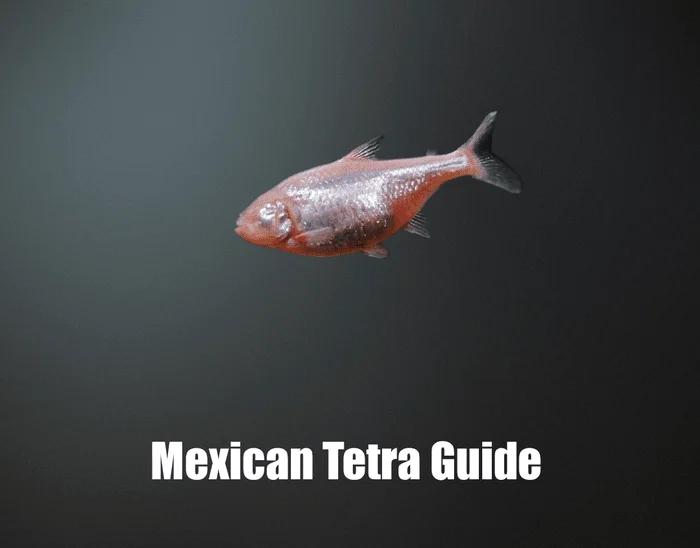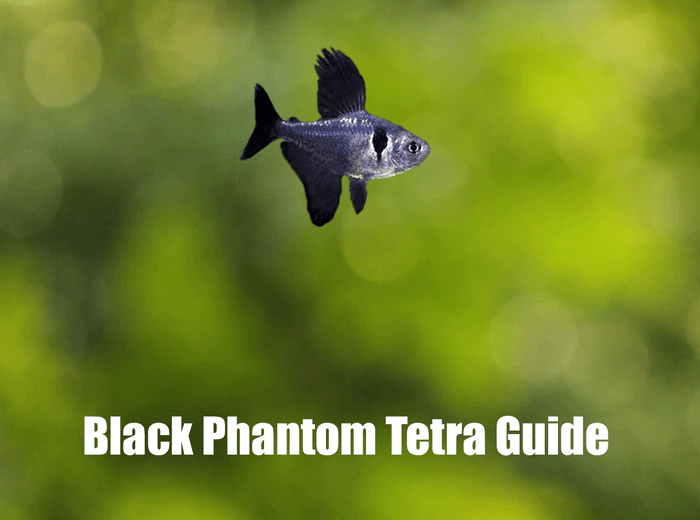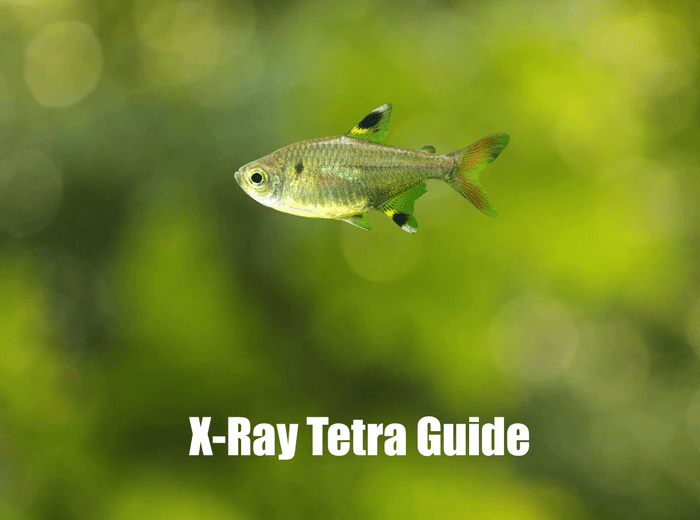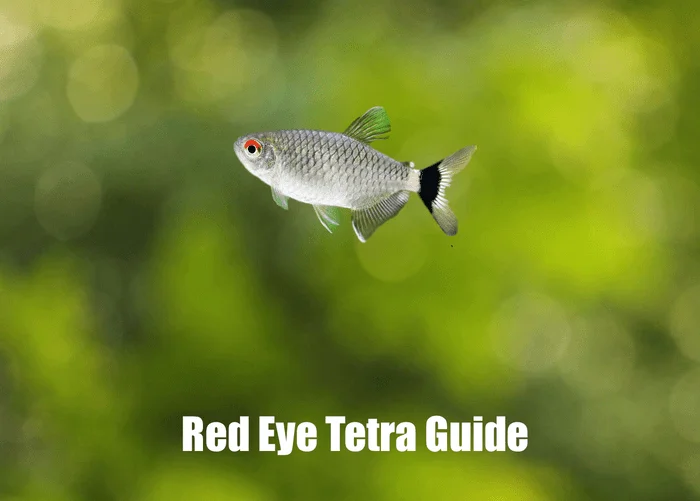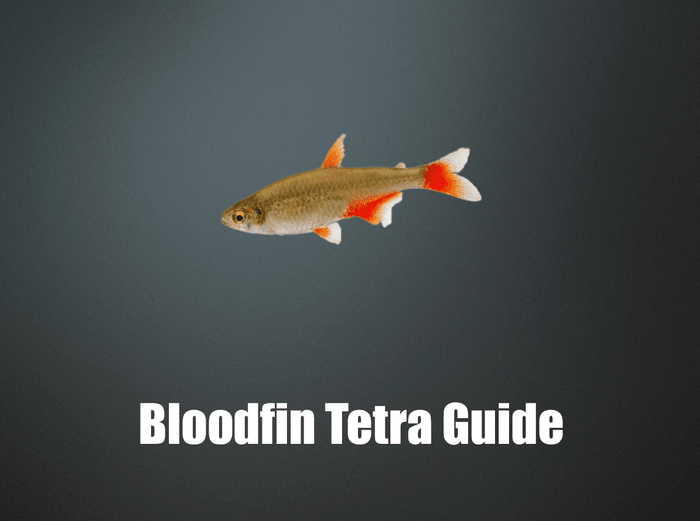Complete Care Guide for Panda Tetra: Building a Unique Aquarium
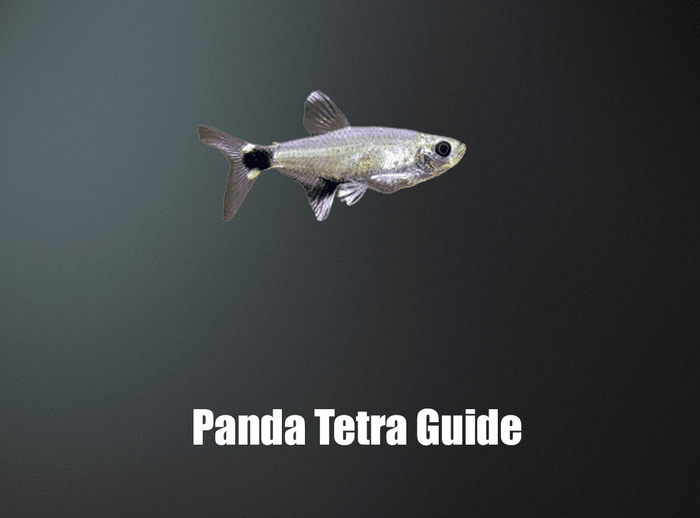
Introduction
Considering adding Panda Tetra to your aquarium or aiming to improve their care? This comprehensive guide is designed for aquarists from beginners to experts. Panda Tetra, scientifically known as Hyphessobrycon panda and also known as the Dawn Tetra. They are celebrated for their distinctive black and white patterning reminiscent of a panda, adding a unique charm to freshwater setups. This guide encompasses all the essentials to help your Panda Tetra thrive.
Understanding Panda Tetra
Origin and Characteristics
Panda Tetra or Dawn Tetra originating from the dense, vegetated waterways of South America, especially in Peru and Ecuador, stand out in the aquarium community for their unique appearance. These petite fish, typically growing up to 1.5 inches, boast striking black and white patterns that mimic the look of a panda, making them a captivating addition to any aquarium. The most notable features include their dark patches resembling a panda’s eye patches, especially around the body and near the tail, which contrast beautifully against their lighter, silvery base color.
The males become even more pronounced in their coloration and patterns during the mating season, enhancing their visual appeal. Their peaceful demeanor, combined with their adaptability to various aquarium environments, makes them a favorite among aquarists. They are energetic swimmers and prefer to school in the middle layers of the aquarium, engaging in playful interactions that bring a vibrant and animated energy to their surroundings.
Behavior and Tank Mates
Panda Tetra or Dawn Tetra are serene, sociable fish that thrive in groups of six or more. They are perfectly suited for community aquariums alongside other gentle, similarly sized species. Their harmonious swimming behavior and non-confrontational disposition make them a beloved selection among fish keepers. Some well-matched and appropriate companions for Panda Tetra include:
- Other Peaceful Tetras: Such as Neon or Rummy Nose Tetra.
- Dwarf Cichlids: Like Apistogrammas, which are also peaceful.
- Peaceful Barbs: Like Cherry Barbs.
- Dwarf Corydora: Peaceful bottom dwellers.
- Small Rasboras: Harmonize well in a community tank.
- It’s important to choose tank mates that are peaceful and won’t outcompete the Panda Tetra for food
Remember, while choosing tank mates, consider factors like water parameters, size, temperament, and dietary needs to ensure a harmonious aquarium. Also, always introduce new fish gradually and monitor their interactions to ensure a peaceful environment. 🐠
Setting Up the Perfect Tank
Tank Size and Conditions
A 20-gallon tank or larger is recommended for a school of Panda Tetra but they will benefit from some more swimming room. These Tetra thrive in specific water conditions that mimic their natural habitat. Additionally, maintaining ideal water parameters is the key to ensuring their health and well-being in a home aquarium. Here’s a breakdown of their ideal water conditions:

- Temperature: 69°F to 79°F (20°C to 26°C). This tropical temperature range helps in promoting their natural behavior and vibrant coloration.
- pH Level: 6.0 and 7.5, slightly acidic to neutral water conditions.
- Water Hardness: 3-12 dGH, indicating they prefer soft to moderately hard water
- Water Quality: Like most fish, Panda Tetra require clean and well-oxygenated water. Regular water changes (about 25% per week) are recommended to maintain good water quality. It’s crucial to remove any chlorine or chloramine from tap water before adding it to the tank.
- Nitrate Levels: Keeping nitrate levels low is important, as high levels can be harmful. Aim to keep nitrates below 20 ppm.
- Ammonia and Nitrite Levels: Both ammonia and nitrite should always be at 0 ppm. Even small amounts of these can be toxic to fish.
It’s important to use a reliable aquarium test kit to regularly monitor these water parameters. Sudden changes in water conditions can stress or harm your fish, so any adjustments should be made gradually. Maintaining stable water conditions is key to the health and longevity of your Panda Tetra. 🌊
Lighting and Decor
- Moderate Lighting: Mimic their natural, slightly shaded habitat with moderate lighting.
- Day/Night Cycle: Maintain a regular cycle, typically around 10-12 hours of light per day.
- Plants: Dense vegetation, including tall and floating plants, to provide hiding spaces and a natural environment.
- Substrate: A dark-colored substrate can enhance the natural colors of the fish.
- Hiding Places: Include driftwood, rocks, and caves for shelter.
- Open Swimming Space: Ensure ample free-swimming space to accommodate their active swimming behavior.
Diet and Nutrition
Feeding Habits
Panda Tetra are omnivorous. Therefore, a balanced diet including high-quality flake foods, frozen or live brine shrimp, daphnia, and occasional vegetable supplements will keep them healthy.
Feeding Schedule
Feed them small amounts once or twice a day, being careful not to overfeed. It’s crucial to adjust the quantity so that all food is consumed within a few minutes to prevent waste accumulation, which can degrade water quality. Offering a variety of foods, such as high-quality flake food, frozen or live brine shrimp, and daphnia, will ensure a balanced diet and keep your fish healthy and vibrant. Remember, a diverse diet not only meets their nutritional needs but also encourages natural foraging behavior and enhances their overall well-being.
Frequently Asked Questions
Panda Tetras typically live for around 4 to 5 years with proper care.
Panda Tetra can grow up to 1.5 inches (3.8 cm) in length.
It’s recommended to keep Panda Tetra in groups of at least 6 to ensure their social and schooling behavior is properly supported.
Health and Wellness
Breeding Tips
Breeding Panda Tetra can be a rewarding experience, but it requires a bit of preparation and understanding of their breeding behavior. Here are some tips to help you successfully breed Panda Tetra:
- Breeding Tank: Set up a separate tank with soft, slightly acidic water (pH around 6.0-6.5) and a temperature of about 77°F (25°C). Dim lighting and fine-leaved plants or spawning mops are recommended.
- Identifying and Introducing Breeding Pairs: Choose healthy, mature fish (around 6-12 months old). The males are typically brighter and have slightly longer fins. Introduce them into the breeding tank, ideally one male to every two females.
- Condition the Breeders: Feed them high-quality live or frozen foods to encourage spawning.
- Spawning Process: Introduce a well-conditioned pair or small group. Spawning usually occurs in the morning.
- Post-Spawning Care: Remove the adults post-spawning to prevent egg predation. The eggs typically hatch in about 24-36hrs.
- Rearing Fry: Start with infusoria or liquid fry food, then graduate to baby brine shrimp as they grow.
Remember, patience is key when breeding fish. It might take a few attempts before you see success. Keep a close eye on the water parameters and the health of both the adult fish and the fry to ensure a successful breeding experience. Good luck!
Common Health Concerns
Panda Tetra or Dawn Tetra, while robust, are not immune to the typical health issues faced by many tetra species, such as ich (white spot disease) and fungal infections. These conditions can significantly impact Panda Tetras, especially given their distinctive black and white patterning and lively demeanor. To safeguard their health, it’s critical to maintain ideal aquarium conditions. This involves conducting regular water changes, ensuring stable water parameters (pH, temperature, and hardness), and providing a nutritious diet to enhance their immune system.
Their preference for slightly acidic to neutral water should also be considered to mimic their natural environment in South American rivers. Vigilant observation for any signs of distress or illness and swift intervention is crucial. Early identification and treatment are key to preventing these issues from worsening. Keeping the aquarium clean and catering to the specific requirements of Panda Tetra are fundamental steps to appreciate their dynamic presence in your tank fully. Discover more on how to effectively manage your aquarium and ensure your Panda Tetras flourish.
Life Expectancy
With proper care, these tetras can live up to 5 years. Regular monitoring and maintenance of the tank environment are key to their longevity
Lemon Tetra Wrap Up
In conclusion, Panda Tetra or Dawn Tetra add a unique and striking contrast of black and white to any freshwater aquarium. Adhering to the advice presented in this detailed care guide will help you create a thriving habitat that meets the specific needs of your Panda Tetra. With their distinct panda-like markings and active schooling behavior, they not only elevate the aesthetic of your aquarium but also contribute to a vibrant aquatic community. The foundation of a healthy and lively aquarium rests on providing a stable and supportive environment. By ensuring the correct water conditions, offering a varied diet, and consistently caring for your Panda Tetras, you will maintain a community where these captivating fish can flourish, bringing their dynamic energy and elegance to your aquatic setup.
Share Your Tetra Experiences
Do you have any stories or tips about your Tetra tank? Share them in the comments below!
Help Others Discover This Guide
Navigate the Tetra in your tank with confidence. This guide is your pathway to creating a vibrant and healthy aquatic showcase. Enjoy the dazzling colors and lively nature of these unique fish!

